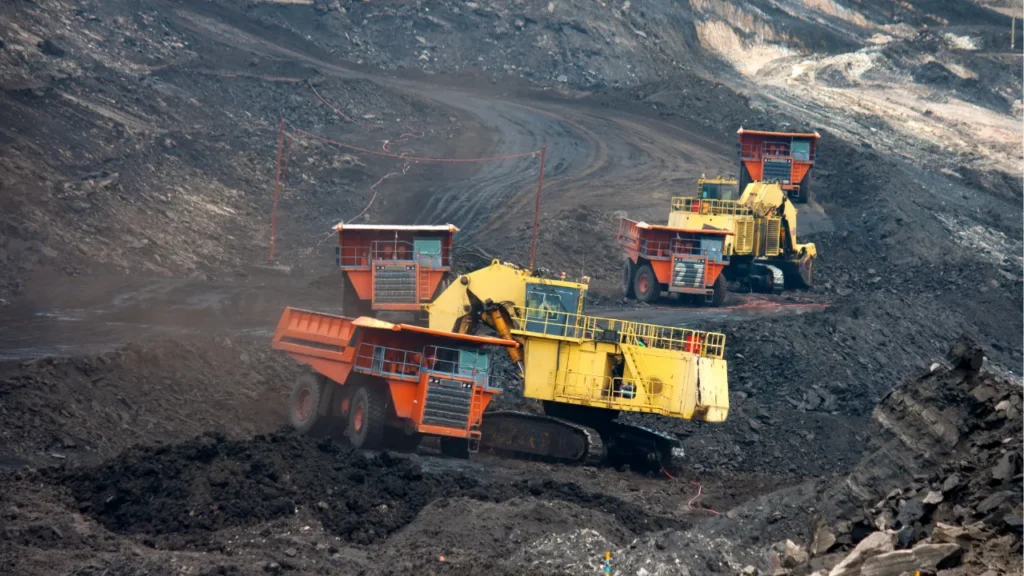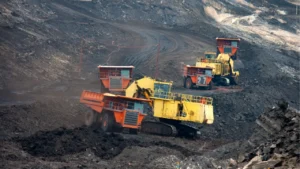Mining is one of the most hazardous industries, where accidents can lead to severe consequences, including injuries, fatalities, operational downtime, and financial losses.
However, with proactive measures, advanced technology, and a strong safety culture, accidents can be significantly reduced or even prevented.
In this blog, we’ll outline practical strategies and tools for avoiding accidents in mining operations.
Conduct Comprehensive Risk Assessments
Understanding potential hazards is the first step in preventing accidents:
- Identify Risks: Evaluate all aspects of mining operations, from equipment usage to environmental conditions.
- Prioritize Hazards: Focus on high-risk areas such as vehicle interactions, fall-prone zones, and confined spaces.
- Update Regularly: Risk assessments should evolve with operational changes or the introduction of new equipment.
Solution: Use data analytics and AI-driven tools to assess risks more accurately and proactively.
Implement Advanced Traffic Management Systems
Traffic-related incidents are a major cause of mining accidents:
- Designate Clear Routes: Separate lanes for heavy machinery, light vehicles, and pedestrians.
- Use Real-Time Monitoring: IoT sensors track vehicle movement and detect potential collisions.
- Automate Traffic Controls: Deploy automated traffic lights and barriers to regulate flow in high-traffic areas.
Solution: Integrate AI-powered traffic management systems to minimize human error and optimize flow.
Ensure Equipment is Properly Maintained
Poorly maintained equipment is a leading cause of accidents in mining:
- Schedule Preventive Maintenance: Regular checks and servicing prevent equipment failures.
- Use Predictive Analytics: AI tools monitor performance and predict maintenance needs before issues arise.
- Inspect Before Use: Operators should conduct pre-shift checks on all equipment.
Solution: Implement IoT-enabled systems to monitor equipment health in real time.
Provide Ongoing Training for Workers
A well-trained workforce is critical to safety:
- Safety Protocols: Regularly train workers on updated safety procedures and hazard recognition.
- Equipment Handling: Ensure operators are certified and skilled in using machinery.
- Emergency Response: Conduct drills to prepare workers for potential incidents.
Solution: Leverage virtual reality (VR) simulations to provide realistic, risk-free training environments.
Monitor Environmental Conditions
Harsh mining environments pose unique safety challenges:
- Air Quality: Monitor dust and gas levels to prevent respiratory issues.
- Ground Stability: Regularly assess for risks of collapses or subsidence.
- Temperature Control: Implement cooling systems in high-temperature areas.
Solution: Use IoT sensors and real-time monitoring systems to track environmental conditions and alert operators to changes.
Build a Strong Safety Culture
Safety is a shared responsibility, and fostering a culture of accountability is key:
- Leadership Commitment: Management must prioritize safety in all decisions and policies.
- Encourage Reporting: Workers should feel empowered to report hazards or near misses without fear of reprisal.
- Reward Safe Practices: Recognize and reward teams that demonstrate exceptional adherence to safety protocols.
Leverage Technology to Enhance Safety
Modern technology is transforming safety in mining:
- IoT and AI Systems: Enable predictive insights and real-time monitoring.
- Wearable Devices: Track worker locations and monitor vital signs in hazardous areas.
- Automation: Reduce human exposure to risks by using autonomous vehicles and remote-controlled equipment.
Ensure Regulatory Compliance
Adhering to safety regulations not only avoids penalties but also reduces risks:
- Follow DMRE Guidelines: Ensure compliance with safety standards outlined by the Department of Mineral Resources and Energy.
- Implement MOSH Practices: Align with Mining Industry Occupational Safety and Health guidelines to adopt leading safety practices.
How VTI Helps Improve Safety in Mines
At VTI, we specialize in solutions designed to enhance safety in mining operations:
- IoT-Powered Monitoring: Real-time tracking of vehicles, equipment, and environmental conditions.
- AI-Driven Risk Management: Predict and mitigate risks with advanced analytics.
- Customized Traffic Solutions: Optimize traffic flow to reduce accidents.
- Training and Support: Equip your workforce with the tools and knowledge to stay safe.
Conclusion
Preventing accidents in mining requires a combination of proactive measures, advanced technology, and a strong commitment to safety.
By implementing these strategies, mining companies can protect their workforce, improve efficiency, and maintain regulatory compliance.
Want to create a safer mining environment? Contact VTI today to explore our tailored safety solutions.


